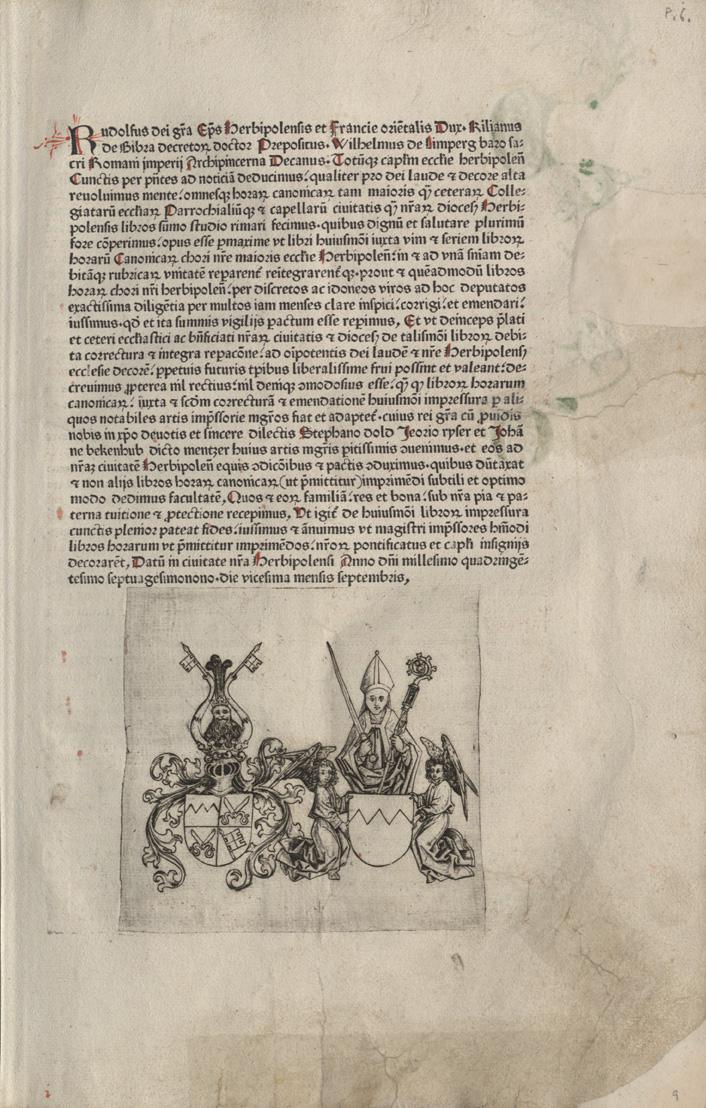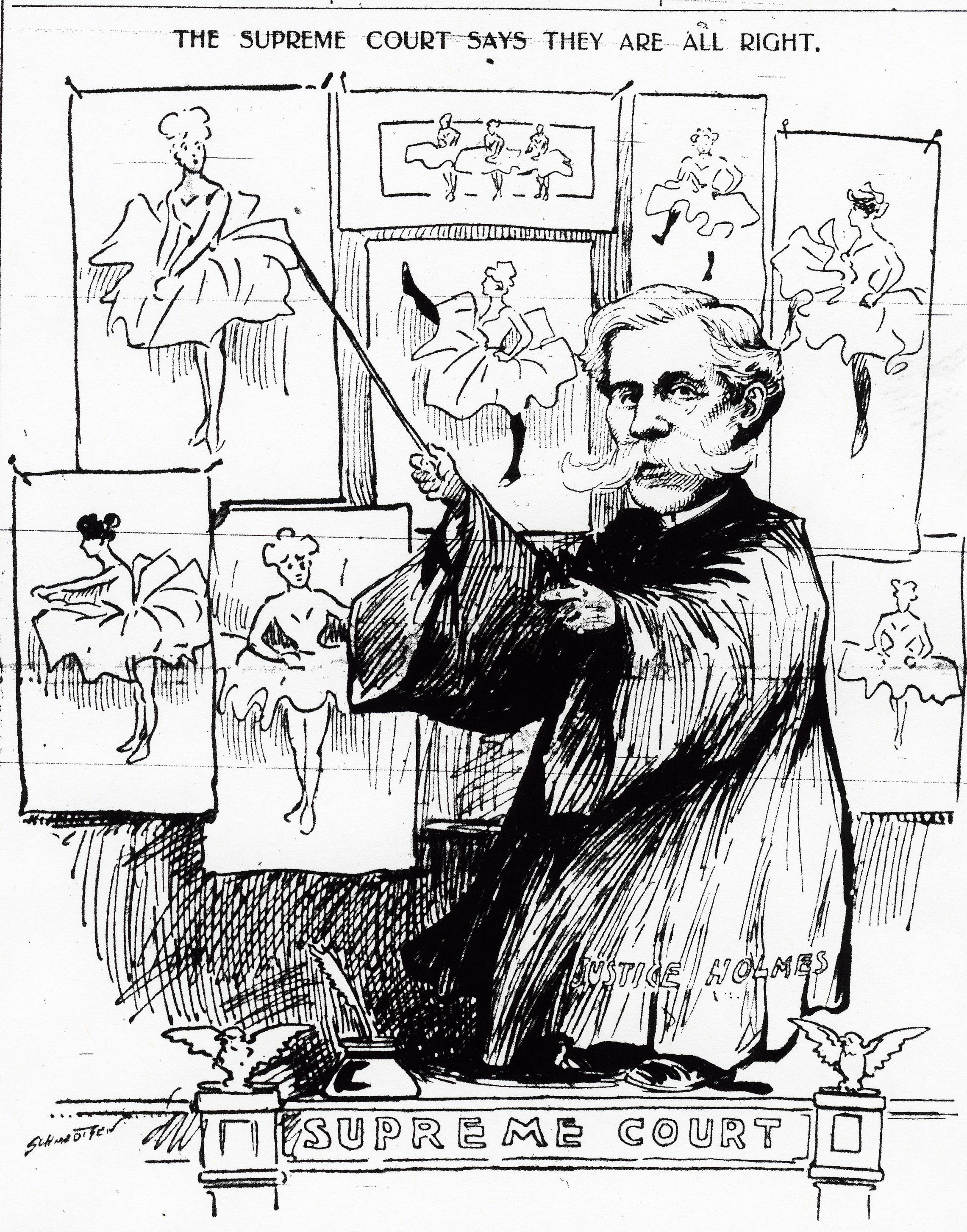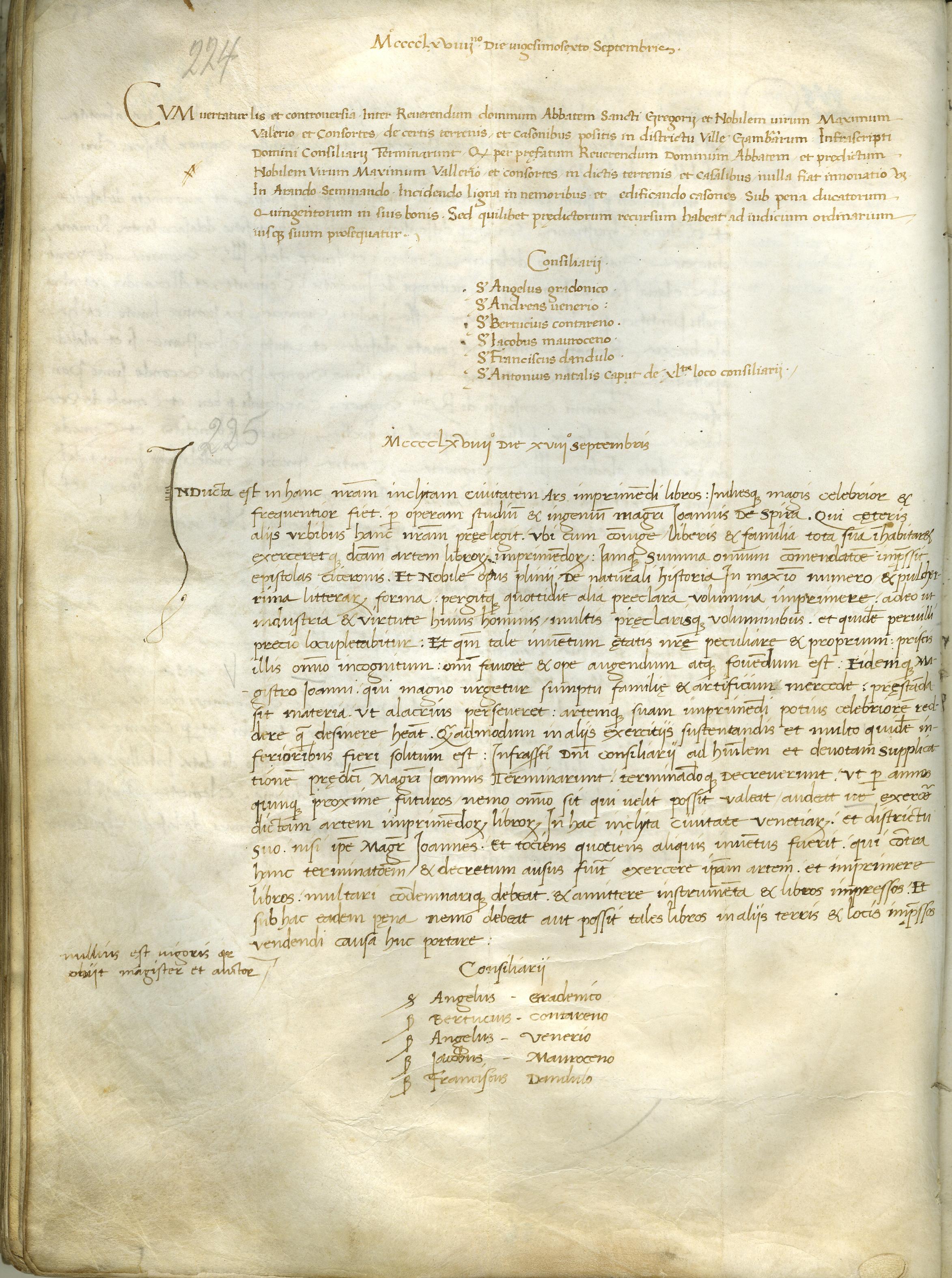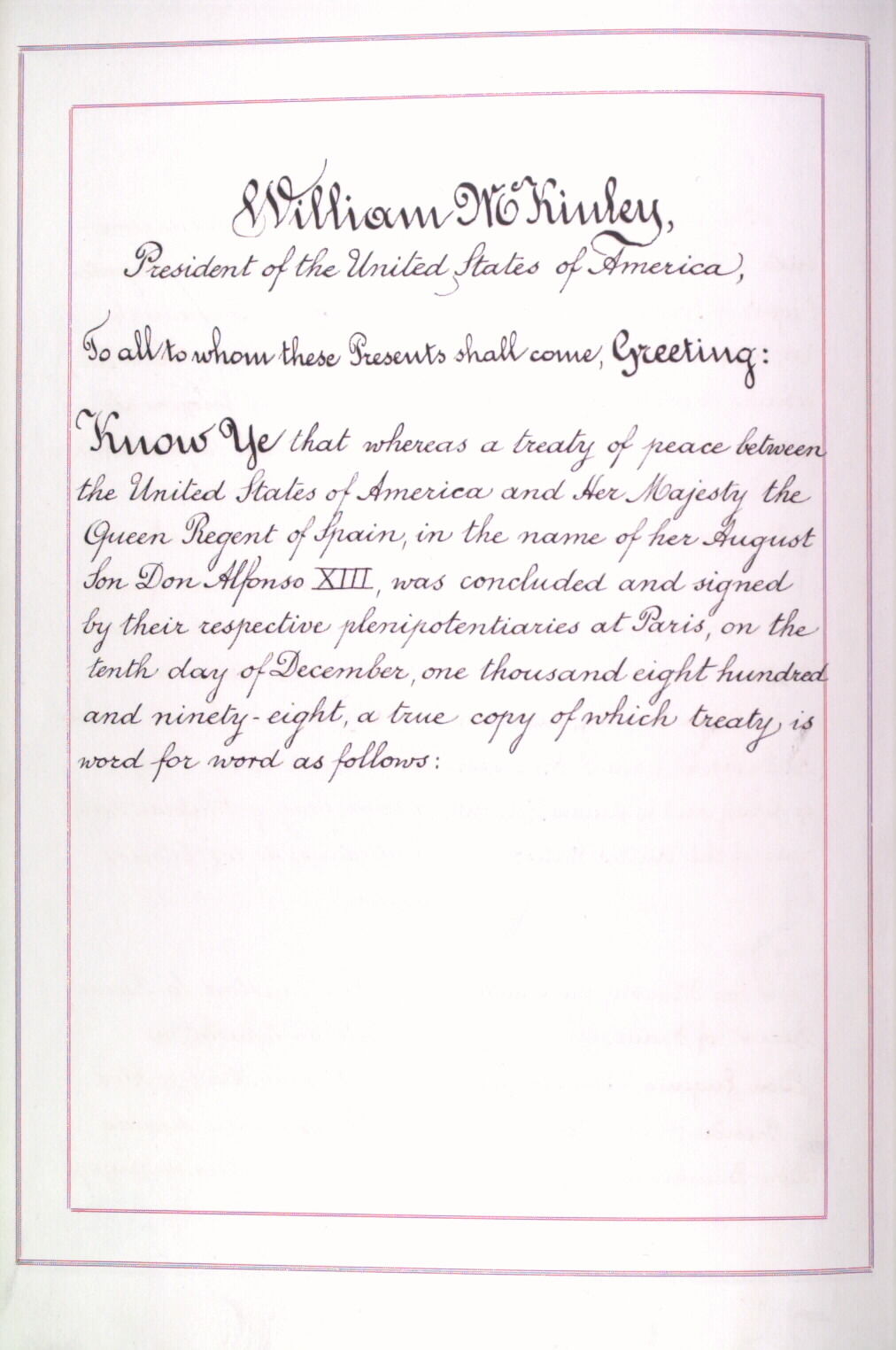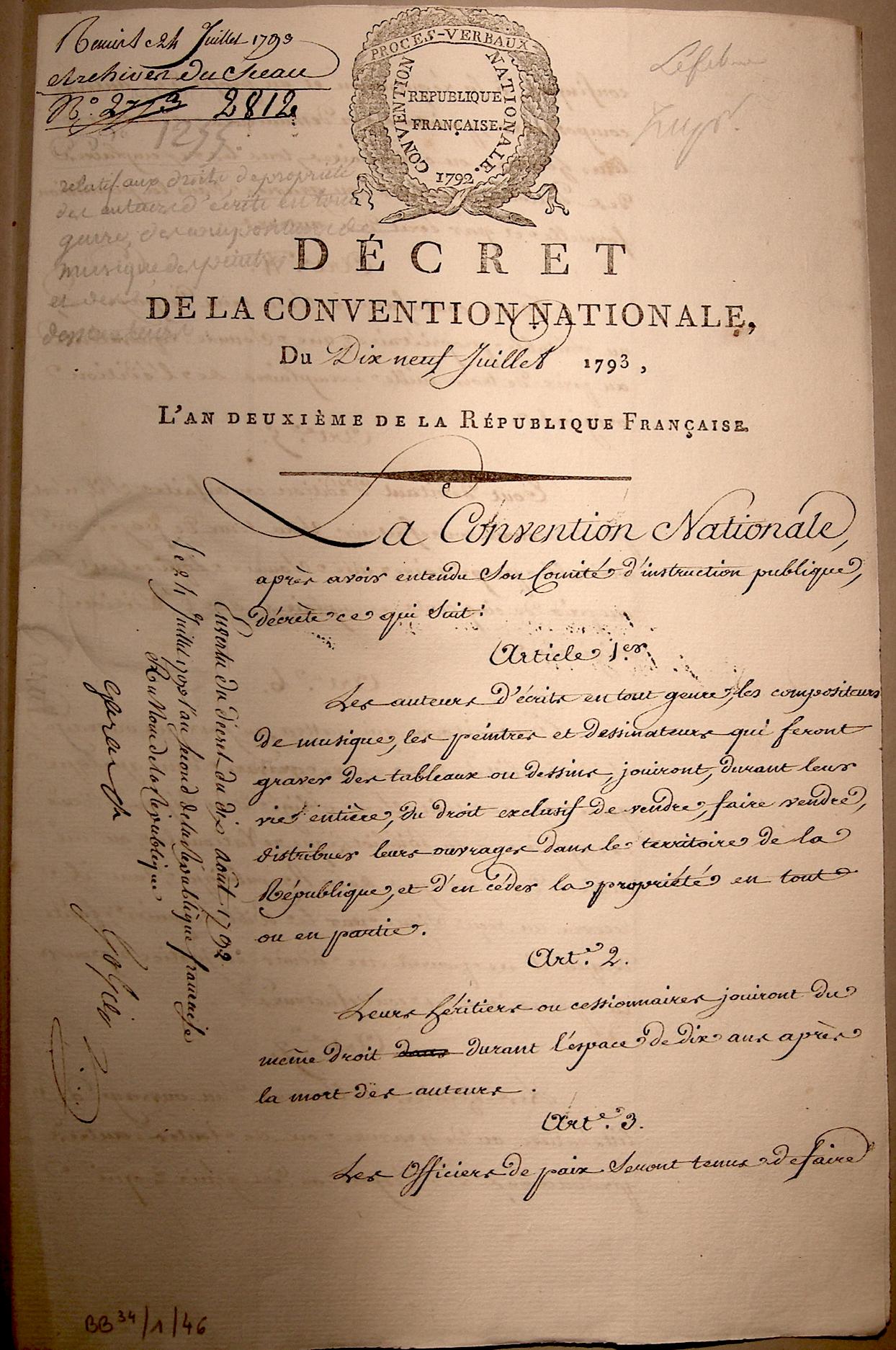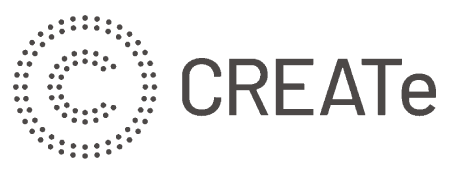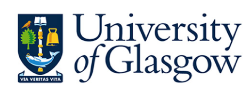PRIMARY SOURCES
ON COPYRIGHT
(1450-1900)
Browse Documents By...
Original Language...
Documents For...
Browse Commentaries By...
Browse Referred Persons By...
Kohler: Author's Right, Jena (1880)
Source: British Library 5604.aa.3
Citation:
Kohler: Author's Right, Jena (1880), Primary Sources on Copyright (1450-1900), eds L. Bently & M. Kretschmer, www.copyrighthistory.org
Back | Record | Images | Commentaries: [1]
Translation only | Transcription only | Show all | Bundled images as pdf
66
Clément, On Authors’ Rights to their Works
(1867), p.12f., Morillot, The Protection Granted
to Works of Art in the German Empire (1878),*
p.96f., Lebret, Literary Property (1878),** p.25f.,
Worms, A Study of Literary Property (1878),***
vol.1, p.15f. For they draw a very strict separating
line between property and author’s rights,
and insist with unabated zeal that property is
a right to physical goods, and that there can
therefore be no property in non-physical goods,
since that would be a contradictio in adjecto (1).
It is certainly not our intention to deny such
a commonplace truth as the fact that property
is a right to physical goods – what we would
like to point out, though, is that this whole
deduction does not prove anything at all, since
immaterial rights, whilst not being a property
as such, are nevertheless absolute rights to
immaterial goods. Now, it would be most
absurd to argue that immaterial goods
cannot be an object of exclusive exploitation
and that they cannot therefore be the object
of a right which envisages precisely this
exclusive exploitation. All goods which,
according to their cultural significance, are
not unconditionally subject to service of
the community can be the object of an
exclusive right of exploitation, or, as it
is normally called, albeit using much
paler and less colourful terms, an object
of legal control. Whether the goods are
physical or non-physical is, as one can
easily see, decisive for the way in which
the law is put into practice, but not so
for the first premises of the legal
principles, since the law
______
1) The construction whereby the author
enters into an innominate contract with the
public, and the public in exchange for this
protects him with the award of a temporary
monopoly – a construction which is to be
found in Boccardo, p.27 and Morillot,* p.127-
can be laid to rest. For a refutation of Lebret
and Morillot see my article in
Kritische Vierteljahrsschrift N. F. II: 189f.**
and p.510f.
______
*) André Morillot, De la protection accordée aux oeuvres
d'art aux photographies, aux dessins et modèles industriels
et aux brevets d'invention dans l'Empire d'Allemagne (Paris,
Berlin: Cotillon, Puttkammer & Mühlbrecht , 1878). Available online at:
http://dlib-pr.mpier.mpg.de/m/kleioc/0010/exec/wrapbooks/%22175261%22
**) Georges-Adolphe Lebret, La propriété littéraire et artistique:
Du droit des auteurs et les artistes sur leurs oeuvres (Paris, imprimerie
générale, A. Lahure éditeur: 1878). Cf. Kohler’s review in Kritische
Vierteljahresschrift für Gesetzgebung und Rechtswissenschaft 21
(1879): 189. Available online at:
http://dlib-zs.mpier.mpg.de/mj/kleioc/0010/exec/showtoc/%222085047_21%2B1879%22
***) Fernand Worms, Étude sur la propriété littéraire (Paris: Alphonse
Lemerre éditeur, 1878). Cf. Kohler’s review, ibid. 200.
No Transcription available.
Source: British Library 5604.aa.3
Citation:
Kohler: Author's Right, Jena (1880), Primary Sources on Copyright (1450-1900), eds L. Bently & M. Kretschmer, www.copyrighthistory.org
Back | Record | Images | Commentaries: [1]
Translation only | Transcription only | Show all | Bundled images as pdf
Clément, On Authors’ Rights to their Works
(1867), p.12f., Morillot, The Protection Granted
to Works of Art in the German Empire (1878),*
p.96f., Lebret, Literary Property (1878),** p.25f.,
Worms, A Study of Literary Property (1878),***
vol.1, p.15f. For they draw a very strict separating
line between property and author’s rights,
and insist with unabated zeal that property is
a right to physical goods, and that there can
therefore be no property in non-physical goods,
since that would be a contradictio in adjecto (1).
It is certainly not our intention to deny such
a commonplace truth as the fact that property
is a right to physical goods – what we would
like to point out, though, is that this whole
deduction does not prove anything at all, since
immaterial rights, whilst not being a property
as such, are nevertheless absolute rights to
immaterial goods. Now, it would be most
absurd to argue that immaterial goods
cannot be an object of exclusive exploitation
and that they cannot therefore be the object
of a right which envisages precisely this
exclusive exploitation. All goods which,
according to their cultural significance, are
not unconditionally subject to service of
the community can be the object of an
exclusive right of exploitation, or, as it
is normally called, albeit using much
paler and less colourful terms, an object
of legal control. Whether the goods are
physical or non-physical is, as one can
easily see, decisive for the way in which
the law is put into practice, but not so
for the first premises of the legal
principles, since the law
______
1) The construction whereby the author
enters into an innominate contract with the
public, and the public in exchange for this
protects him with the award of a temporary
monopoly – a construction which is to be
found in Boccardo, p.27 and Morillot,* p.127-
can be laid to rest. For a refutation of Lebret
and Morillot see my article in
Kritische Vierteljahrsschrift N. F. II: 189f.**
and p.510f.
______
*) André Morillot, De la protection accordée aux oeuvres
d'art aux photographies, aux dessins et modèles industriels
et aux brevets d'invention dans l'Empire d'Allemagne (Paris,
Berlin: Cotillon, Puttkammer & Mühlbrecht , 1878). Available online at:
http://dlib-pr.mpier.mpg.de/m/kleioc/0010/exec/wrapbooks/%22175261%22
**) Georges-Adolphe Lebret, La propriété littéraire et artistique:
Du droit des auteurs et les artistes sur leurs oeuvres (Paris, imprimerie
générale, A. Lahure éditeur: 1878). Cf. Kohler’s review in Kritische
Vierteljahresschrift für Gesetzgebung und Rechtswissenschaft 21
(1879): 189. Available online at:
http://dlib-zs.mpier.mpg.de/mj/kleioc/0010/exec/showtoc/%222085047_21%2B1879%22
***) Fernand Worms, Étude sur la propriété littéraire (Paris: Alphonse
Lemerre éditeur, 1878). Cf. Kohler’s review, ibid. 200.
No Transcription available.

